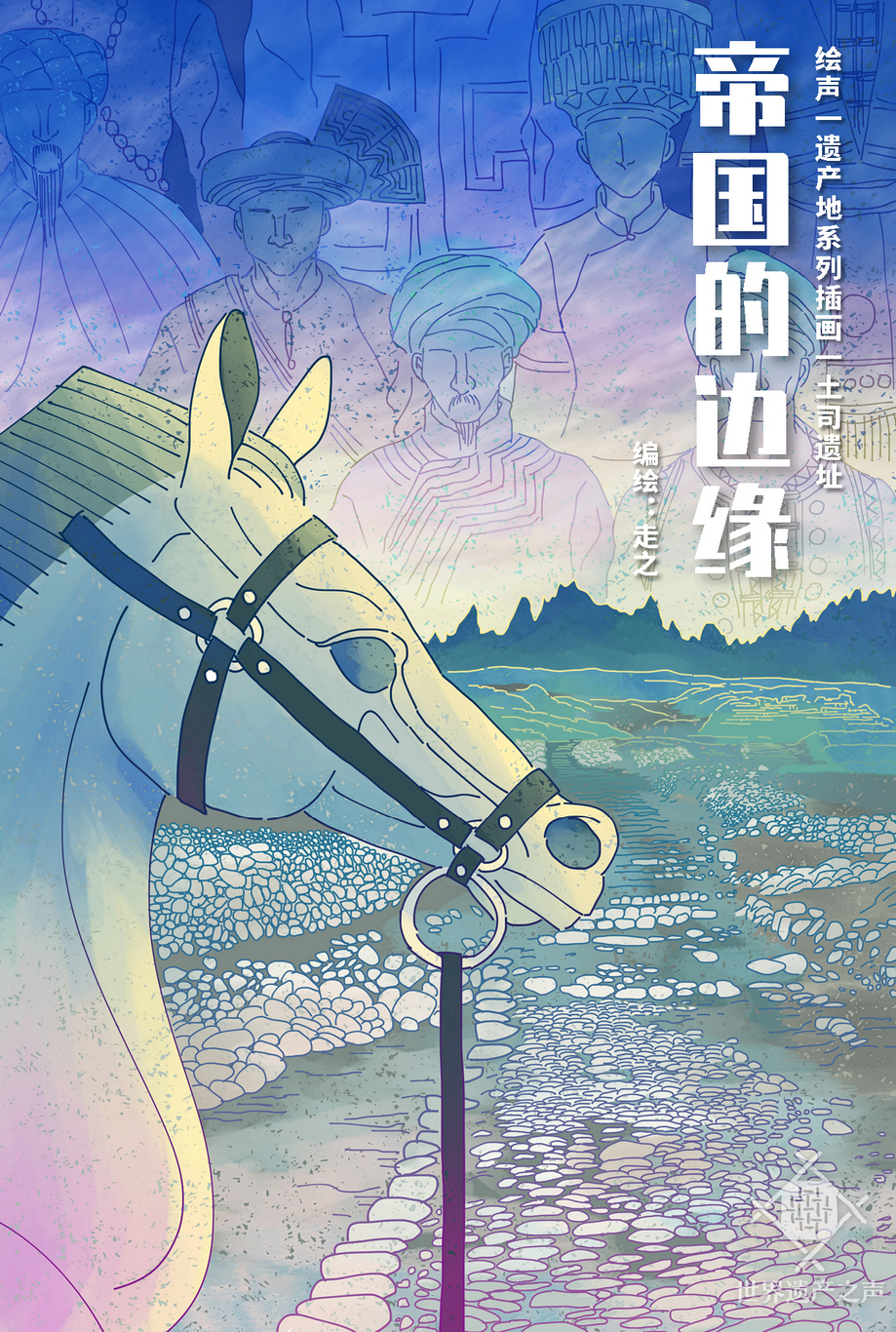
When China first became a united multi-ethnic state, the principle of “uniform governmental arrangements and varied training without changing their customs” was established for governing the ethnic minority areas. Based on the fact that China was multiethnic, the chapter The Royal Regulations of The Liji (“The Book of Rites”), written in the Western Han Dynasty, holds that “the people’s training was varied, without changing their customs; and the governmental arrangements were uniform, without changing the suitability (in each case).” This idea was followed in the subsequent dynasties, becoming a traditional way of governing the ethnic minority areas of China as a unified multi-ethnic state. From the Ming Dynasty to the Yuan Dynasty, the central government’s policy on governing the far-away ethnic minority areas shifted from the Jimi system to the Tusi system, which was primarily practiced in China’s southwest border areas, helping promote the development and stability of the border areas.






